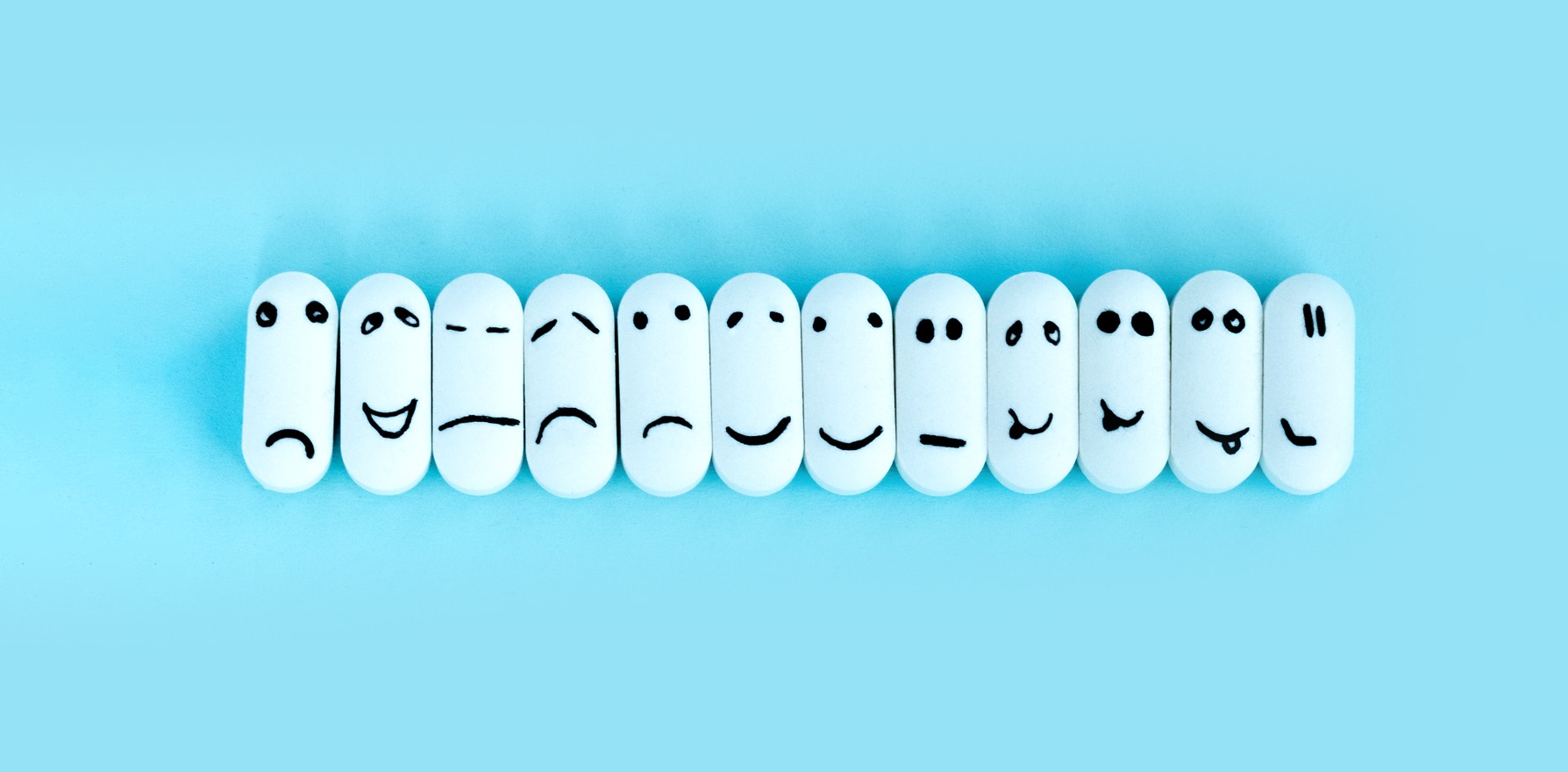Sugar pills have no place in clinical treatment, say Australian researchers, who have criticised several widely held misconceptions.
An industry has sprung up around the idea that our brains are powerful enough to heal us if we simply believe we are taking medicine.
But this “placebo effect” is mostly a myth, according to Australian researchers.
Professor Christopher Maher, director of the Institute for Musculoskeletal Health at the University of Sydney, and colleagues have busted four pervasive myths around placebos, and argue that sugar pills have no role in clinical therapy.
“I got frustrated, because we’ve known for years that placebos have at best a very small effect,” Professor Maher said.
“But there’s a group of people who keep promoting them as if they’re the panacea, and that they have a role in healthcare,” he added. “And I just think it’s bad for health, bad for people and bad for science.”
Recent high-profile medical journals have even raised the option of treating patients with placebos. In fact, there is so much enthusiasm for the power of placebos that consumers can already purchase pills online.
“The problem is that patients miss out on access to good quality care, because they are told the lie that placebos are effective,” said Professor Maher.
Writing in the MJA, Professor Maher and colleagues took aim at four key myths: that placebos provide important clinical effects; that the physical appearance of a placebo pill influences the size of the effect; that even when placebos are honestly described as inert they have important clinical effects; and that they are getting more effective over time and have different effects in different geographical locations.
In response to the first claim, that sugar pills provide important clinical effects, Professor Maher pointed to a Cochrane review of 234 trials on a range of different conditions. It concluded that placebos failed to benefit the majority of conditions, with only small and inconsistent effects on self-reported nausea and pain.
In one study that found an effect, the size was equivalent to around five units on a zero-to-100 pain scale – “an effect quantifiable in a large review but unlikely to be discerned by a typical patient”, the authors wrote.
“You get a much better result by getting a pain medicine or treatment,” said Professor Maher.
Another popular belief about placebos is that their effects can be amplified by changing the size, shape and colour of the pills.
“There is this common belief that red placebos are more powerful, and that round ones don’t work particularly well, but if it’s a diamond shape then it’s really powerful,” said Professor Maher.
“That has come from incredibly poor studies.”
Many simply ask healthy participants which pill would work best – sometimes without even specifying outcomes or conditions or having participants take the pill.
Properly performed clinical studies have provided small and inconsistent results, said the authors.
One of the most intriguing claims about the placebo effect is that it works even when consumers are told that they are taking a placebo. This purported effect is often used to underscore the powerful role that the brain plays in our physical health.
This effect has also lifted some of the ethical constraints around using placebos in clinical practice, because clinicians can give a patient a placebo, tell them that it’s a placebo, and still reap the benefits without having to lie.
It has also created a market for explicit placebo products such as the “Zeebo Relief Pure Honest Placebo”.
But Professor Maher and colleagues poured cold water on this phenomenon too.
Despite recent promising claims that a three-week course of explicit placebos continued providing relief from chronic low-back pain even five years on, the evidence doesn’t stack up, according to the team.
While the study claimed to be an open-label trial, the researchers discarded the control arm of the trial and followed only the participants in the placebo (intervention) group.
In addition, participants given the placebo were briefed on why they worked for an extended period of time, around 15 minutes and sometimes repeatedly – a situation highly unlike the short consult they would receive if this were implemented in the real world, said Professor Maher.
“Without a control group, we don’t know how much of the improvement over time would have naturally occurred,” he said. “Things like the common cold, an ankle sprain and even chronic conditions have a fluctuating course. People usually seek care when they’re at their worst and, if you did nothing, it would have improved.”
Similar methodological criticisms were levelled against claims that placebos have either become stronger over the years or that people in different parts of the world respond differently.
“But of course, you can’t do an experiment where you randomise people to take a placebo in 1972, and now in 2021,” said Professor Maher.
Likewise, with people from different countries.
Placebos play a very important role in assessing the benefit of real medical interventions, but claims about their use as a treatment in itself should be approached with caution.
Ultimately, Professor Maher said, patients didn’t want to know whether a placebo works better than nothing. They wanted to know what the best treatment was, “and usually the winner was a real treatment”.


